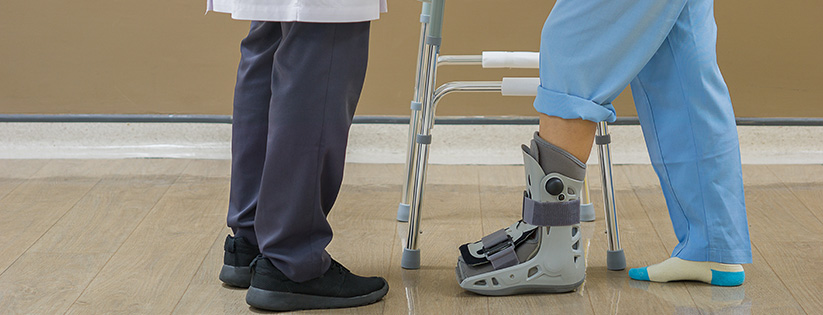You hear a lot about automation today—artificial intelligence (AI), machine learning, personnel redeployment, and predictive analysis. But how do you effectively initiate these game-changing technologies while enhancing your orthopedic practice and effectively engage staff members as workflow and patient encounters evolve and change?
There is no doubt – a delicate balance exists to successfully automate and upgrade the technology that will help your orthopedic practice run more efficiently and cost-effectively. Imagine improvements to the patient experience (not to mention for providers and staff) when processes such as prior authorizations and Clinical Decision Support Mechanism (CDSM) certifications are streamlined and approved in real-time. No more waiting on hold, faxing endless documents, or following up repeatedly.
Improving the Orthopedic Patient Access Process through Automation
Not to overstate the issue, but as a specialty, orthopedics relies on primary providers to appreciate their work and refer patients to their door. And primary providers want to send their patients to a practice that they feel meets the needs of their patients. What better way to demonstrate competence to the layperson than by professional, streamlined, and efficient patient access procedures?
Prior Authorizations
Even with all of the effort to try to streamline the prior authorization process, insurance companies continually increase or expand their prior authorization requirements. Today, even more procedures, tests, and medications fall under the prior authorization purview with seemingly no end in sight.
For ortho practices, managing the administrative burden can be overwhelming, especially when 79% of all practices still use some form of manual prior authorization processing.
Automating your orthopedic prior authorization procedures ensures faster approvals through AI-driven technology where approvals, follow-up, and appeals are all handled electronically except for the few emergent or complicated outliers. Today’s unified workflow can be integrated through your EHR/EMR using HL7 or API bi-directional communications where your scheduling department is notified in real-time, and patients can be contacted, and procedures initiated immediately.
Clinical Decision Support Mechanism
With financial consequences looming for non-compliance as of January 1, 2022, CDSM certificates will be required for reimbursement from Medicare for most advanced imaging testing.
Unusually, orthopedic specialists find themselves in a unique situation. They may be reliant on the primary care provider to initiate Appropriate Use Criteria (AUC) if the orthopedic practice performs the test internally…OR the orthopedic practice may be required to submit information to their radiology partners to inform their billing process if the procedure is ordered and done externally.
Fortunately, there are cloud-based solutions that provide bi-directional integration and are capable of straddling this unique situation. CMS has approved a number of vendors to provide automated solutions that would also provide a rich library of AUCs sourced from Qualified Provider Lead Entities (QPLEs) to assist in meeting the new protocols.
Insurance Verification and Benefits Eligibility
Fully automated insurance verification and benefits eligibility technology allows a practice to vet each patient and determine their all-important reimbursement criteria each time they visit the office or arrive for a procedure/surgery. Orthopedic practices often perform expensive surgeries as a matter of due course, and initiating or scheduling a patient without verifying their third-party payer information creates a fiscally untenable situation.
Patient Pay Estimation
Patients are assuming more and more of the financial responsibility for their care, and educating them on their portion due prior to initiating a visit, procedure, or surgery is more critical than it has been in the past. With automated patient pay estimate technology, your practice can provide responsible parties with highly accurate estimations and collect either in full or through a pre-established payment plan before care is delivered. Without a doubt, a knowledgeable patient is happier with their provider and with their care.
To Sum Up
Today’s technology supports orthopedic practices in reducing administrative time and expense so that those employees can be redeployed to higher-value activities, thereby improving the patient’s overall experience. Using advanced automation to integrate patient access functions, like prior authorizations and insurance verification, makes the entire billing process run more smoothly so that revenue can be collected with less friction and rework.
Contact us to request a demo and learn how automating your patient access workflow will improve your practice financial results.
